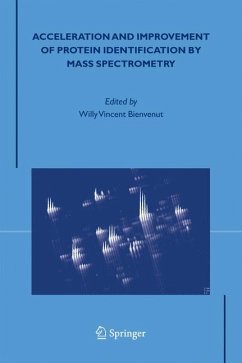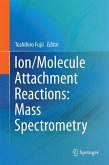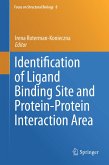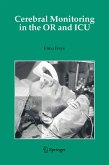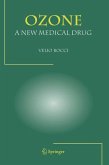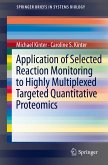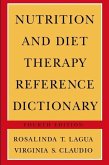Several protein identification techniques are described, especially the peptide mass fingerprint with MALDI-MS based method. E.g. ionisation process, matrix available, signal reproducibility and suppression effect, as well as date treatment for protein identification using bioinformatics tools.
Dieser Download kann aus rechtlichen Gründen nur mit Rechnungsadresse in A, B, BG, CY, CZ, D, DK, EW, E, FIN, F, GR, HR, H, IRL, I, LT, L, LR, M, NL, PL, P, R, S, SLO, SK ausgeliefert werden.

